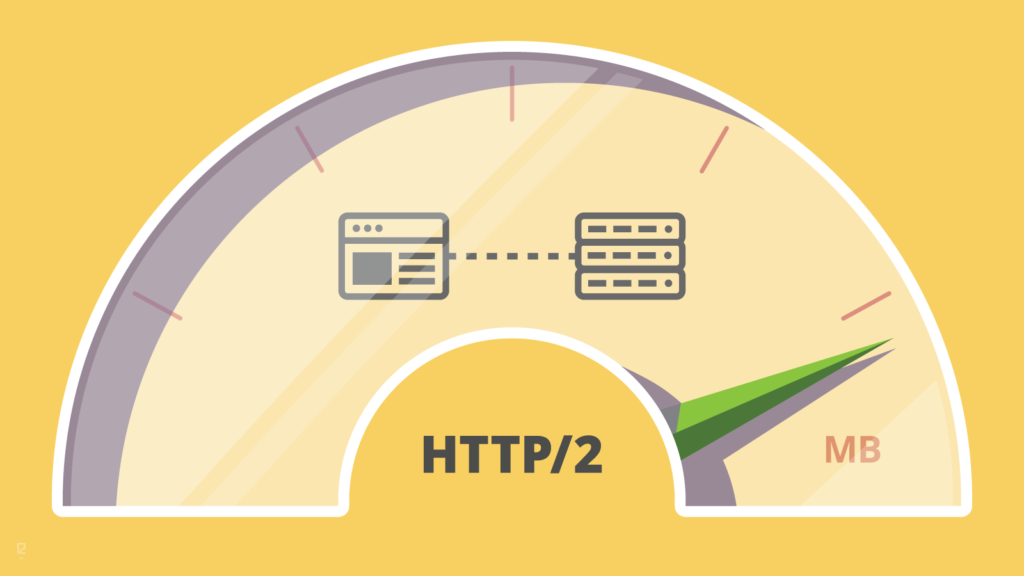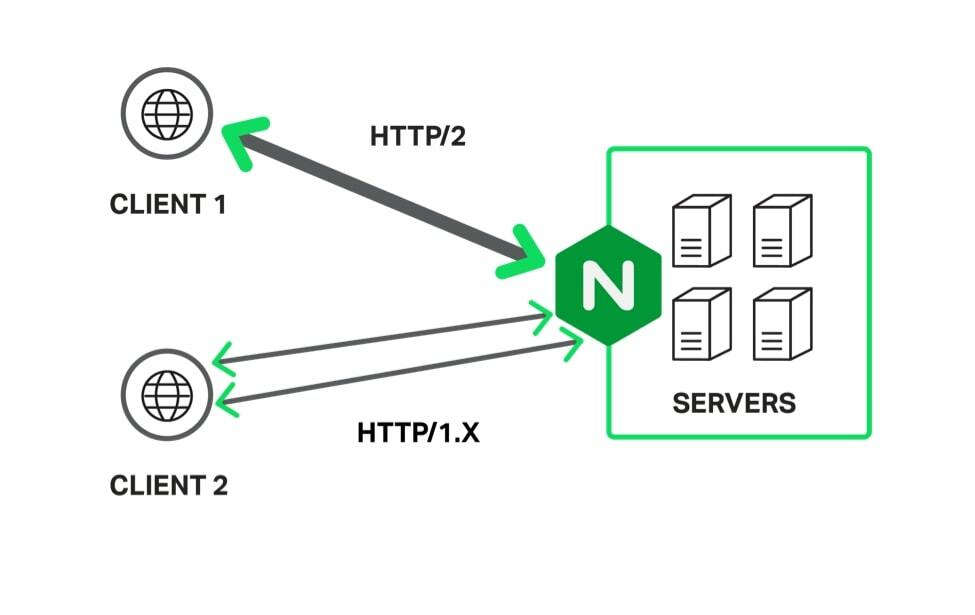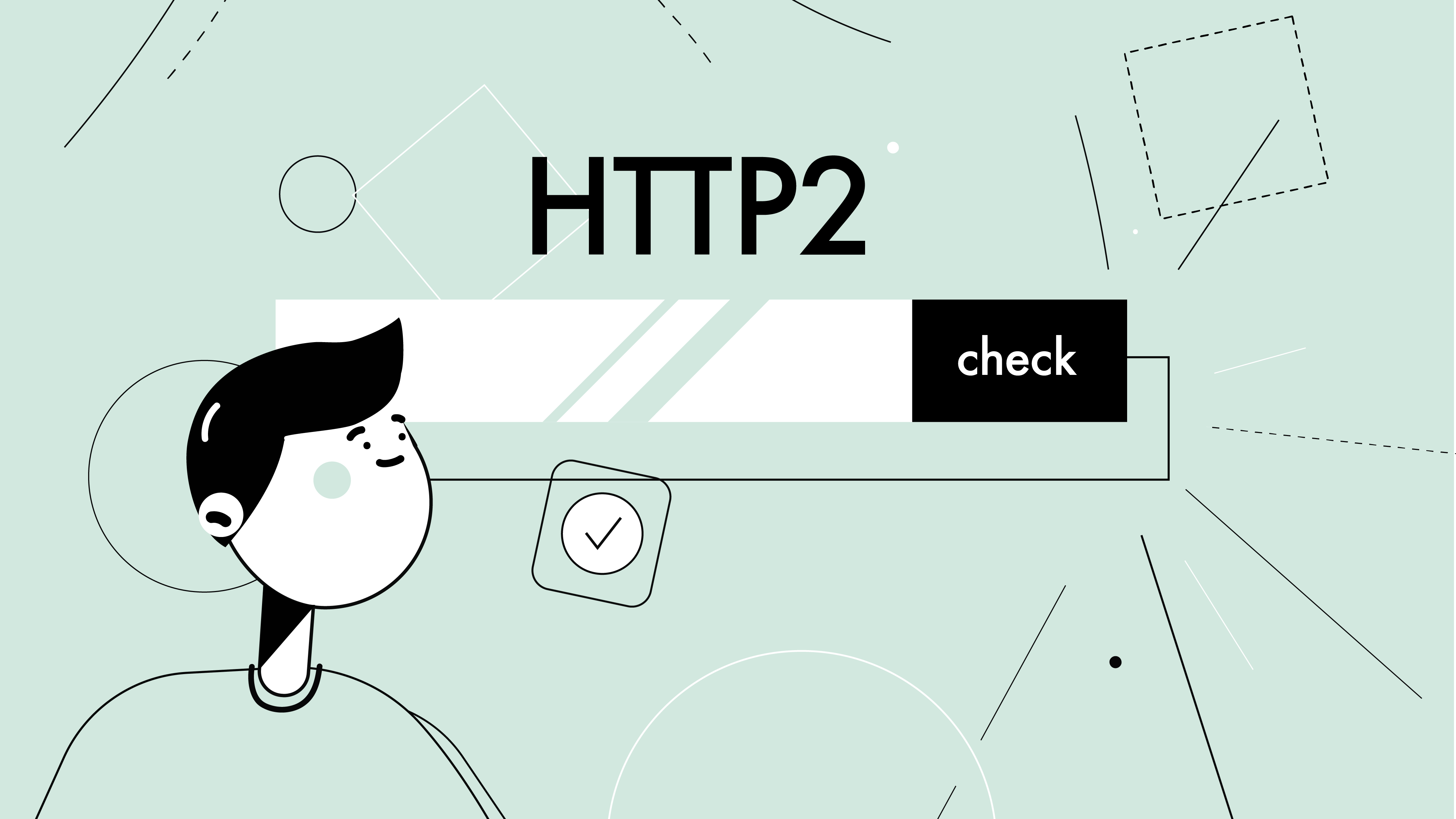HTTP/2: Why you should switch to the new protocol
HTTP/2 is a data transfer protocol that was introduced in 2015 as the next version of HTTP/1.1. This step was taken to improve the performance of web applications and optimize data transfer between client and server.
What is the HTTP/2 protocol
The HTTP/2 protocol is an evolution of HTTP/1.1 and is designed for efficient data transfer in modern networking environments. Unlike the previous version, HTTP/2 introduces a number of new mechanisms to speed up web page loading and improve the user experience.
HTTP/2 is the latest version of the HTTP data transfer protocol, which is used to exchange information between browsers and web servers. The protocol is designed to meet the changing requirements of today’s Internet and the problems inherent in older versions, particularly HTTP/1.1.
Why a new version of the HTTP protocol was needed
HTTP/1.1, the previous version of the protocol, was developed in 1997, when the Internet had completely different requirements and features. Over time, networking technologies, web applications, and the amount of data on websites have evolved markedly, revealing a number of limitations of the old protocol.
One of the major problems with HTTP/1.1 is the multiple establishment and termination of connections for each request. This leads to irrational network utilization because each new connection takes time to establish and many requests may not be transmitted efficiently. In addition, limited parallel data transfer capabilities can cause delays in loading web pages.

HTTP/2 was created to overcome these limitations and improve the performance of the modern Internet. The emergence of the new protocol was a necessary step to adapt to modern requirements and improve the user experience on the network.
What improvements are applied in HTTP/2
HTTP/2 has made a number of key improvements.
Multiplexing
In the old protocol, each request required a new connection, which could cause delays due to connections being established and broken. Using HTTP/2 allows a single connection to handle multiple requests and responses at the same time. This increases the data transfer rate and improves performance.
Header compression
Previously, each request would pass full headers even if they were repeated, resulting in excessive load. The improved protocol compresses repetitive headers, which reduces the amount of data transferred and speeds up site loading.
Request priorities
In the previous version, all requests are treated as peers, which can slow down page loading. HTTP/2 prioritizes requests by determining which resources should be loaded first. This improves page load optimization.
Binary format
HTTP/1.1 uses a text-based data transfer format, which requires more resources to process. The new version introduces a binary format, which makes data transfer compact and efficient for both client-side and server-side processing.
Asynchronous resource loading
In the old protocol, resource loading could be blocked due to parallel data transfer limitations. HTTP/2 uses asynchronous data transfer, which improves the page loading process, especially when there are many small resources.

Is it worth switching to the HTTP/2 protocol?
Switching to HTTP/2 protocol is necessary, especially for web resources with high traffic and active users. Here are a few aspects to consider when deciding to transition:
- Improved performance significantly improves loading speeds for sites with large amounts of content.
- Efficient utilization of resources reduces server and network load to ensure a consistent user experience.
- Supported by most modern browsers.
- Improved performance and faster page load times have a positive impact on a site’s ranking in search results.
- Increase the security of data transfer between client and server through the use of TLS/SSL certificates and encryption.
However, it is worth considering the following:
- some older systems may not be compatible with the new protocol;
- migrating to HTTP/2 requires time and resources to update server software and optimize web applications.
If the site is performance-oriented and serves a large number of users, moving to HTTP/2 becomes a justifiable decision.
Main features of site optimization for the new HTTP/2 protocol
Optimizing a site for HTTP/2 includes several key features that take maximum advantage of the new protocol:
- Resource pooling. Use this feature by combining small files such as images, styles, and scripts into a single file. This reduces the number of requests to the server and improves the efficiency of data transfer.
- Minimize queries by using sprites for images, asynchronous resource loading, and query pooling.
- Optimizing images by compressing them or new formats (e.g. WebP) reduces page load time.
- Request prioritization management feature provides faster loading speeds for important resources.
- Processing multiple requests simultaneously reduces the number of open connections, reduces the load on the virtual server, and reduces latency.
- The Server Push preloading mechanism allows the server to actively send resources to the client before they are requested.
- Asynchronous resource loading greatly improves performance. Use async and defer attributes for scripts, and asynchronous loading of styles.
- Websites with responsive design provide an optimal experience for users on a variety of devices and screen resolutions.
Optimizing for HTTP/2 requires a comprehensive approach, but the result is that it significantly improves site performance and provides a fast and enjoyable experience for users.
Advantages of switching to HTTP/2 protocol
Moving to the HTTP/2 protocol offers a number of significant advantages:
- increased page load speed;
- efficient utilization of resources;
- less blocking;
- security of data transmission due to encryption and use of TLS/SSL certificates;
- improved support for mobile devices;
- support for Chrome, Opera, Firefox, Safari, Edge browsers;
- SEO bonuses by improving search engine rankings due to faster website loading;
- optimization of page loading via Server Push.
Moving to HTTP/2 makes websites faster, more efficient, and more secure, which helps improve user experience and overall site performance.
Conclusions
HTTP/2 is a new step in the evolution of data transfer on the Internet. The move to the new protocol is justified by improving performance, enhancing the user experience and ensuring efficient data transfer between client and server.








